[amazon ASIN=0321605020]
Within the Frame - The Journey of Photographic Vision[/amazon] by David duChemin may easily be the most unusual - and best - book on photography that I have read this year. It is unusual in that it manages to bridge the gap between books about photography as art and photography as technique, delivering both. In my opinion, that is what photography is about.
The first chapter is devoted to vision - what it is that you see and want to communicate. The second chapter focuses on what feeling, idea, or impression you may want to capture and what subjects may show this to the viewer. The third chapter on gear and technique required to get the image you want. I think that the focus not on creating technically perfect pictures but on how to turn something you want to communicate into a picture is spot-on. The author really nails it here!
The fourth chapter is about storytelling in pictures - how to tell a story in a single frame or in a photo essay, how to create interest in the viewer. This chapter is a must if you want to go from mere visual candy to a four-course meal.
The next chapters are about photographing people, places, and culture. I really enjoyed the chapter about people (I love photographing people and got a number of useful tips and ideas from the chapter), but found that my attention flagged halfway through the places chapter, and did not pick up to the end of the book. It seems to me that the essential message of the previous chapters are repeated a bit too often.
The pictures in the book are compelling and beautiful, the printing is of high quality. You can find a number of them on his website at
www.pixelatedimages.com if you are interested. Despite all of the pictures having been taken in what amounts to "exotic" locations for most people from Europe or North America, I would not say that it is about travel photography. Everything in the book applies to taking pictures of your home town. Maybe even more so than when you are abroad ...
I feel great respect for the way David duChemin approaches his subjects as human beings, not just props in his pictures. I feel the same way and I became aware of a lot of things that I have done without ever thinking about them. I have also learned a few very useful things about how to approach people.
The same applied for his treatment of technical aspects: he makes things that I have been doing intuitively become conscious decisions, giving me much more control. For example, I wish that I had read what he has to say about lens choices much earlier, it has taught me the value of wide-angle lenses, which I rarely use. This will definitely improve my ability to show my vision to the world. (Interestingly, he apparently went through a similar development, starting with telephoto lenses and only gradually learning to use wide lenses.)
Finally, I learned ever so much from his approach of treating photography as storytelling. If this is - as to me - a closed book (pun intended), you will benefit greatly from [amazon ASIN=0321605020]
Within the Frame[/amazon].
As I mentioned before, my attention and interest flagged towards the last two chapters. Maybe it was just too much to absorb? Maybe the chapters are simply weaker than the previous ones? I do not know. But I do know that even without the last two chapters the book is definitely required reading for anyone interested in photographing people, so it gets five stars!
[caption id="" align="alignnone" width="111" caption="5 stars (out of 5)"]

[/caption]
 [/caption]
[/caption]
 [/caption]
[/caption]
 [/caption]
[/caption]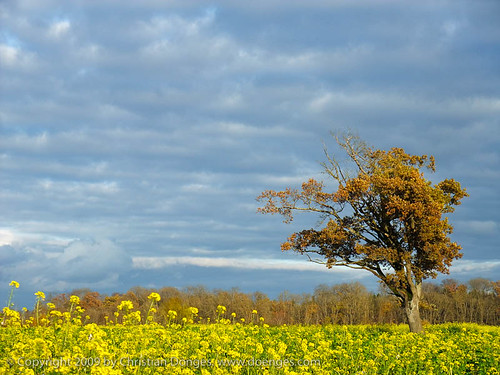 [/caption]
[/caption]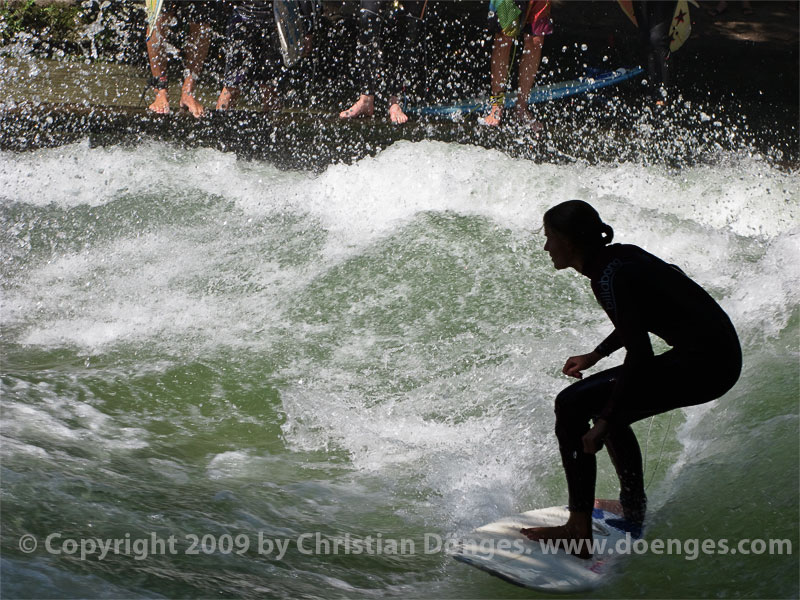 [/caption]
[/caption]

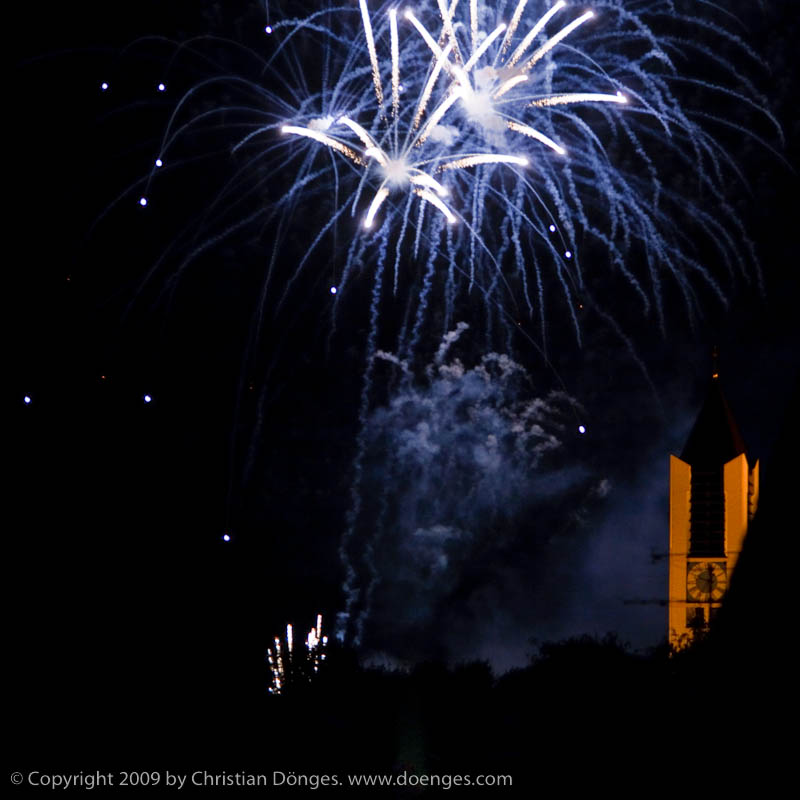 [/caption]
[/caption]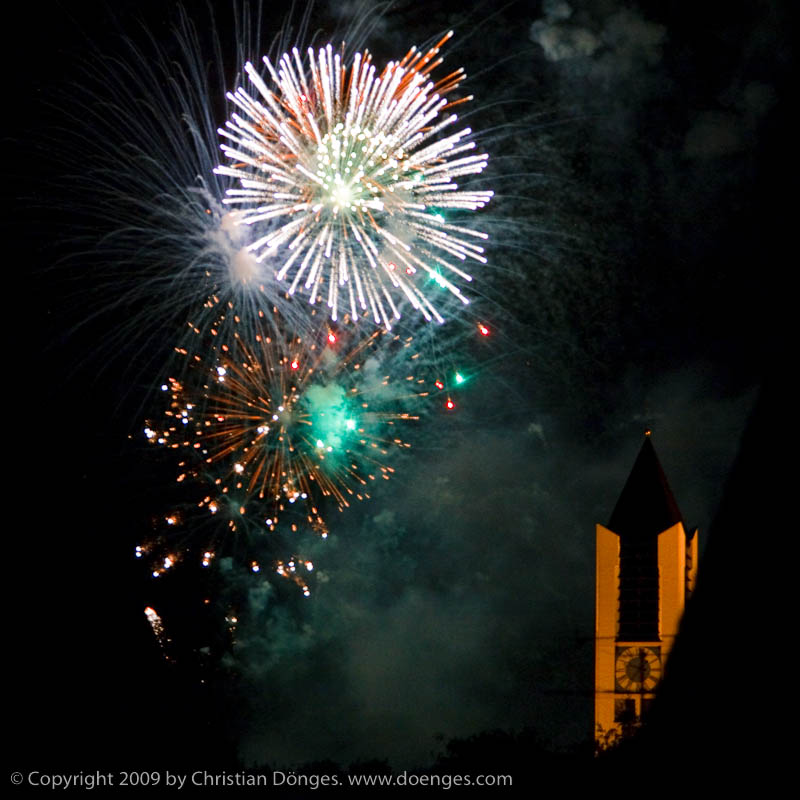 [/caption]
[/caption] [/caption]
[/caption]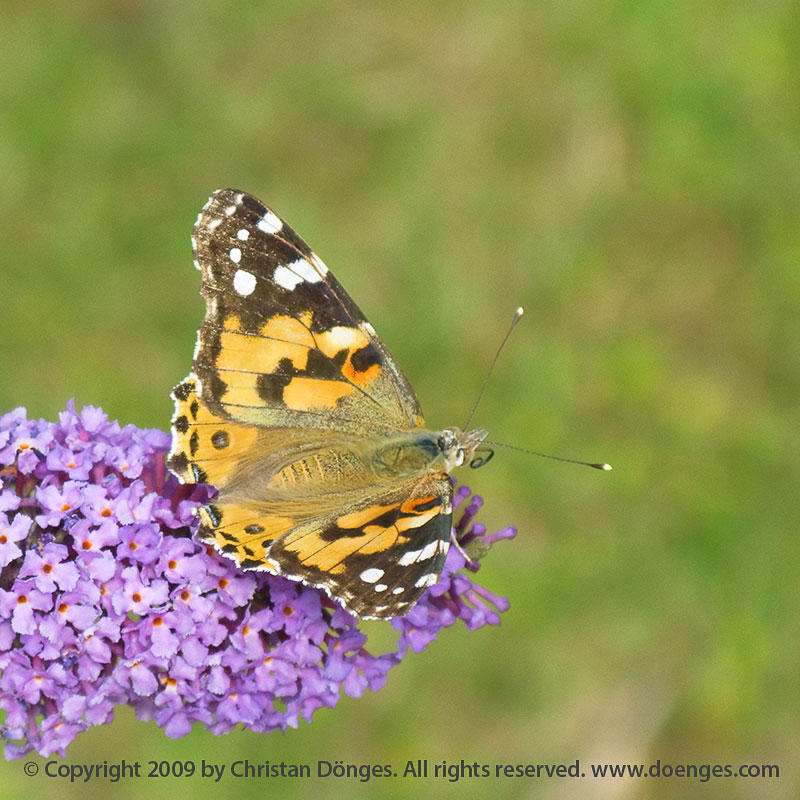 [/caption]
[/caption] [/caption]
[/caption] [/caption]
[/caption] [/caption]
[/caption]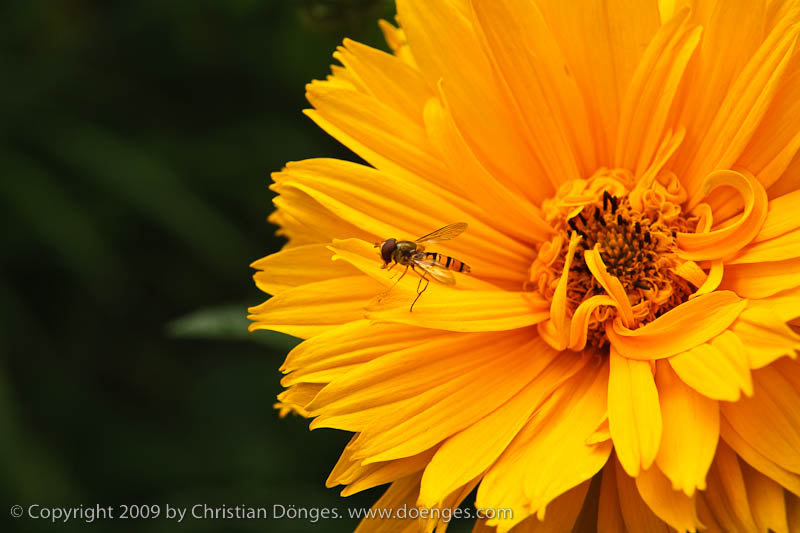 [/caption]
[/caption]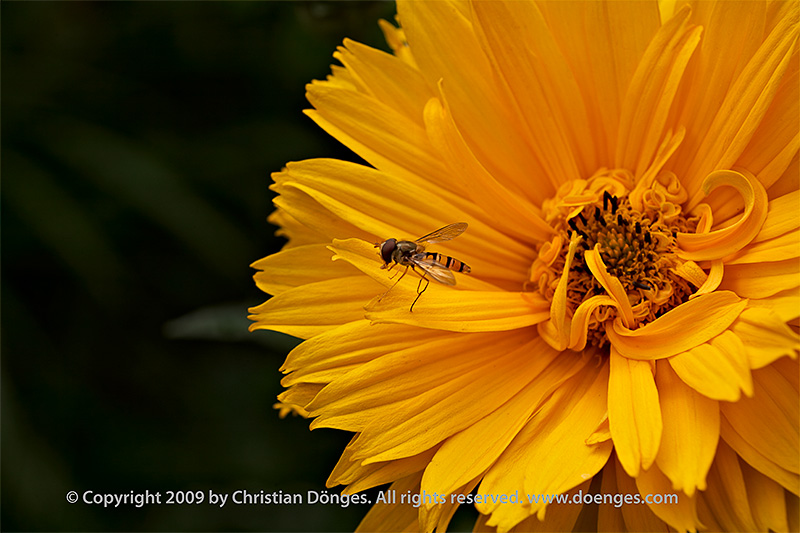 [/caption]
[/caption] [/caption]
[/caption]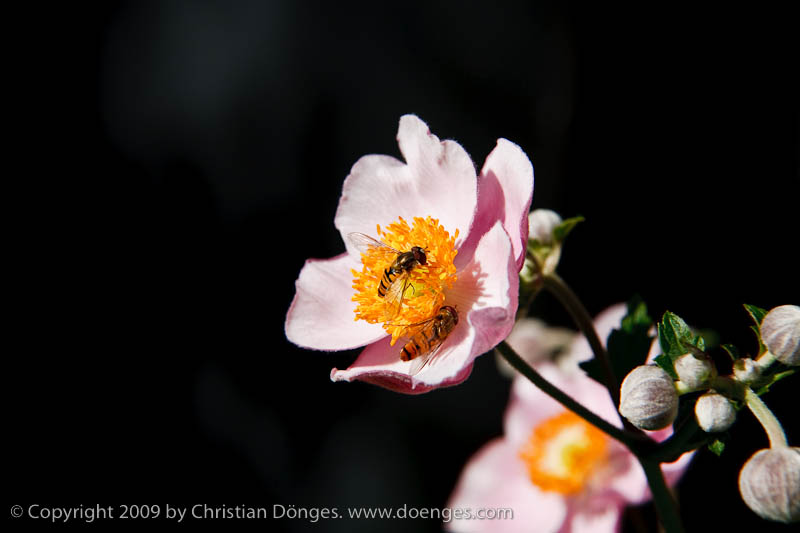 [/caption]
[/caption]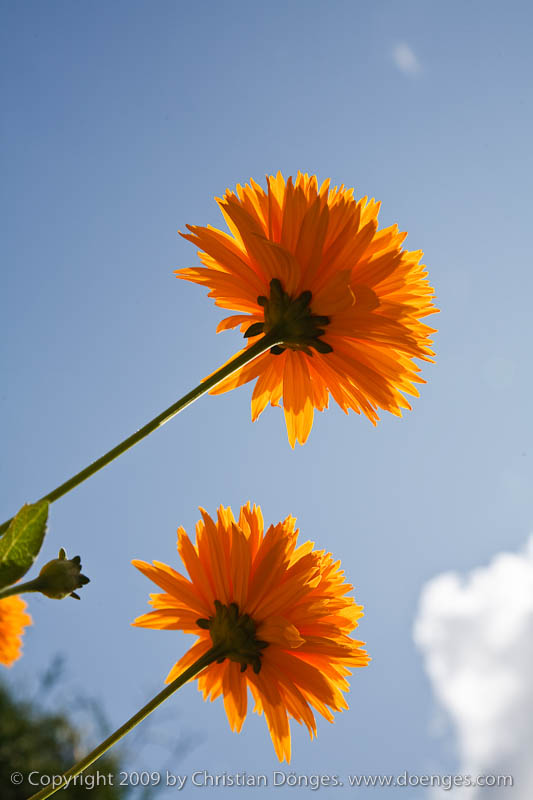 [/caption]
[/caption] [/caption]
[/caption] [/caption]
[/caption]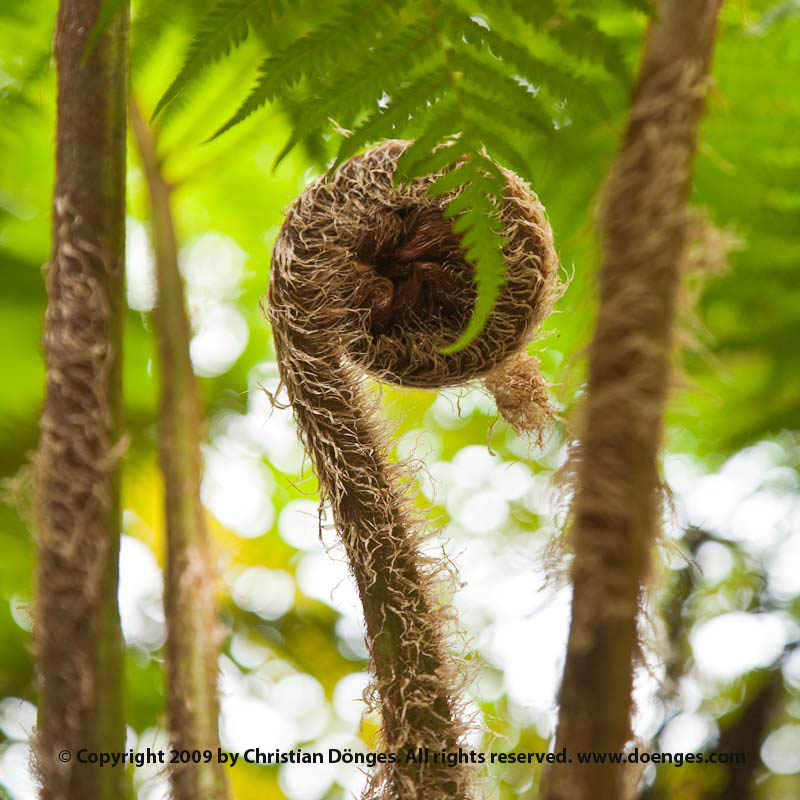 [/caption]
[/caption] [/caption]
[/caption] [/caption]
[/caption] [/caption]
[/caption]